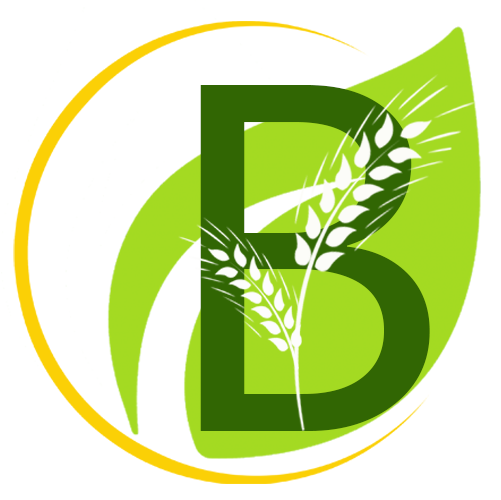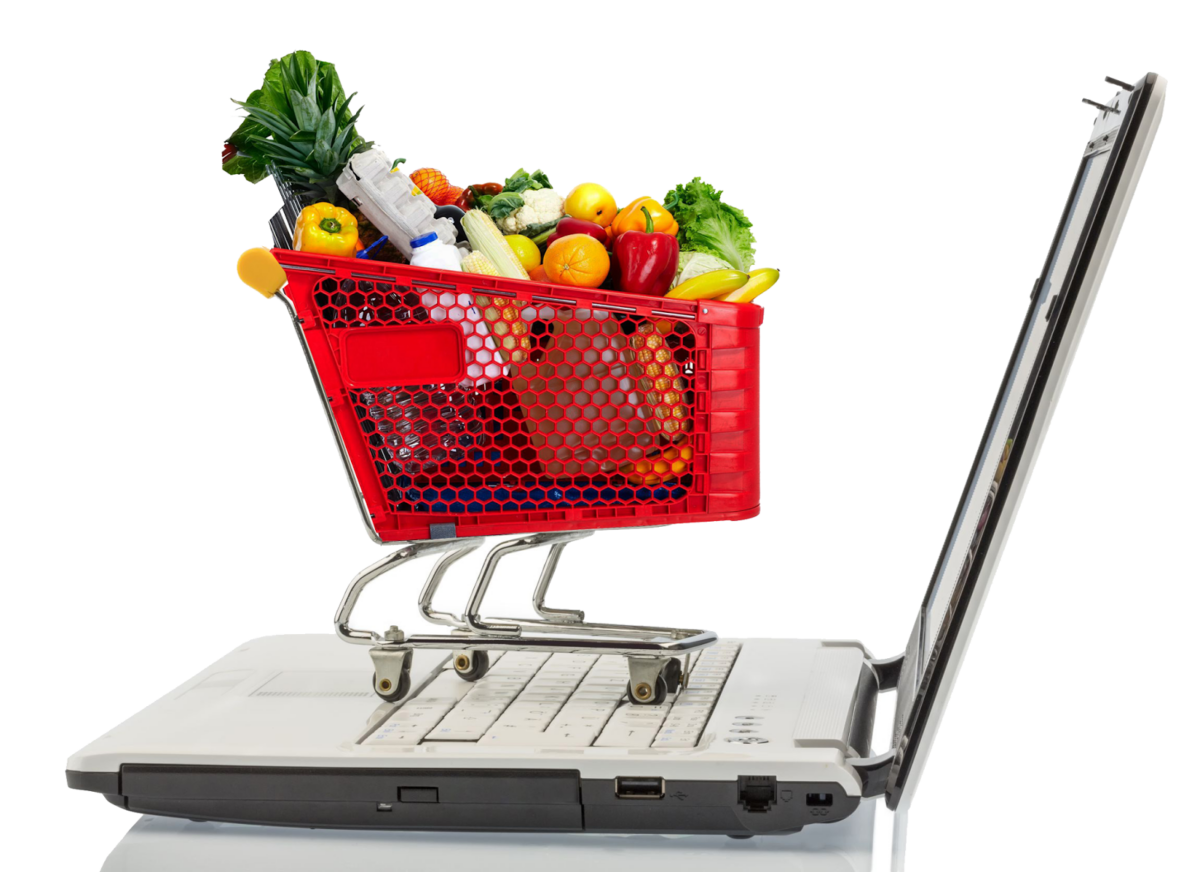I still remember the day Mrs. Reddy walked up to me and casually commented that ‘add to cart’ is her favourite time pass these days. The pandemic did change the manner in which we bought everything, especially the basic consumables. Like her, there are scores of men and women who have made a large contribution to the digital landscape in India with their frequency of online shopping. There has been a boom in digital penetration in India with the Internet user base being on a growth trajectory. According to reports in the Economic Times & Business Standard, India has about 826 million Internet subscribers and more than 600 million smartphone users.
Countries like the United Kingdom imports 40% of its fresh produce from agrarian countries across the world and China has the major share today. India will soon take the lion share in the world’s food industry due space at which the agriculture industry is spacing at and the amount of resources developed by Agri-tech startups over the last 2 year during the pandemic.
Although the Indian economy had been experiencing a downturn until recently, demand for commodities and fresh produce is permanent and even more, due to health virtues associated with it and the realization of benefits of cooking ‘at home’. The consumption of fast food and eating outside has not fallen post Covid-19, but there has been a drastic awareness on the importance of having a healthy immune system and making healthier food choices.
Consumers increasingly have begun using virtual or online methods of shopping for groceries and fresh produce. Food delivery apps and e-commerce platforms continue to be on the rise – and are perhaps here to stay. This raises a vital question whether farm estate is the new IT of India, taking the overall economy towards a healthier growth trajectory.
There has been a transition in trends of consumers buying fresh produce. Fresh produce mandis (F&V) will no longer be an offline experience in the coming future. Just like how our offline bookstores have become a nostalgic experience. People have started depending greatly on online fruit and vegetable apps in the wake of Covid-19-19 implications. Besides, shoppers have more choices online and can get the delivery comfortably at their homes. Last-mile delivery is getting formalized faster with home delivery, self-service kiosks- also based on applications, the various types of mobile shopping vans and the farmers’ supermarkets are getting normalized gradually, at least in tier I & II cities.
However, contrary to traditional thinking, fresh produce has a unique problem and opportunity alike where it’s conveniently masked under the category of grocery when in reality it’s noto.Fresh produce demands distinct process lines, timed operations and traditional inventory models can never support the fresh produce industry at a scalable level.It’s opposite to FMCG products but the way conventional online and offline players have been handling fresh produce hasn’t yielded any innovation yet.That’s where the problem is and also the opportunity is for the rise of Agri-tech companies.
Consumers’ suspicions regarding food safety and traceability have got minimised over time. Urban and educated consumers’ minds are hit hard when it comes to food safety. Not only have they begun looking for fruits and vegetables virtually, but have also have started seeking reliable channels for so. Thus, there has been a shift from localised cart vendors to organized Modern Retail Format stores and online shopping models via apps. Food safety and traceability are some of the causes of emerging changes in fresh produce shopping.
The demand for immunity-boosting foods like Ginger, Garlic, Turmeric, Papaya, Oranges and Amla has grown manifold due to the pandemic over the last two years. The demand for high-value fruits and vegetables too, like strawberries, bok choy, basil, iceberg lettuce, etc. have gone up considerably. Demand is also rising for citrus fruits, kiwis, pears, avocados, cherries and a host of other new fruits.Many meat substitutes or vegan substitutes for non-vegetarian food items like- Soya and Jackfruit demand is surging too.
The demand for organic food items is also increasing. Demand for organic items was sluggish for some years but is in the full swing again. The cumulative customers’ addition to consumption of organic produce has increased by 50 per cent. Consumers are looking for long-term immunity results and many cancer patients have permanently shifted to consuming organic foods. Organic vegetable washes and fruits and veggies’ cleaners were introduced during the pandemic to promote fruit and vegetable hygiene.
Several agriculture start-ups sprouted during the pandemic. India has over 1000 start-ups in the Agri-tech space. Agri-tech businesses had initially co-existed with the traditional farming ecosystem, but the pandemic has helped bring about a shift in their operations across the agricultural economy. From conventional, non-formal, and analogue markets these start-ups have become more creative, formal and digital, reaching out to a larger set of audience.
The biggest challenge in the fruit and vegetable production and sale process is the quality and freshness of the produce, which includes timely delivery. The quality of fruits and vegetables includes the elimination of unwanted substances such as chemicals, pesticides, bacteria and other materials used during the growing and harvesting process. To ensure this quality of agri-food products, a lot of standards have been formulated and used at the national level. All these legislations guarantee the safety and quality of the fruits and vegetables and are taken into account by firms that are in this sector.
Secondly, the time taken for this produce to travel from the place of production to the actual plate of the consumer plays a critical role in maintaining the nutritional benefits of these fruits and vegetables. From the logistical point of view of a corporation or a producer of fruits and vegetables, a big issue has always been to bring quickly the perishable produce to the consumer within good time, without damaging the quality of the products. There are few companies who are taking relevant steps to ensure that fresh produce is being delivered to the consumers as soon as it is harvested.
The Ministry of Agriculture has established a call-centre service to reduce the troubles in agri-logistics, especially the inter-State movement of perishable fruits and vegetables. Many of these changes are likely to remain and lead to opportunities and alternatives as middlemen are done away with. The E-NAM or the Electronic National Agriculture Market, which is a pan-India electronic trading forum for farmers is extensively being used for agricultural knowledge and services about commodity entrances, quality, price and online payments directly into farmers’ accounts.
Therefore, more digital penetration, rising digital literacy, outbreak of the pandemic, mushroomingof Agri-tech start-ups, revolutionizing of farming techniques and substantial government regulations and policies in this realm have together caused this robust paradigm shift in fruits and vegetables shopping in India. However, the bottom-line is that only technology can solve the inefficiencies of the fragmented agri sector, to bring it on par with the world.Agriculture in India needs technology adoption at every stage for it to translate into an industry.

By Vinay Raghu Prasad,
Founder & CEO, Atomaday


